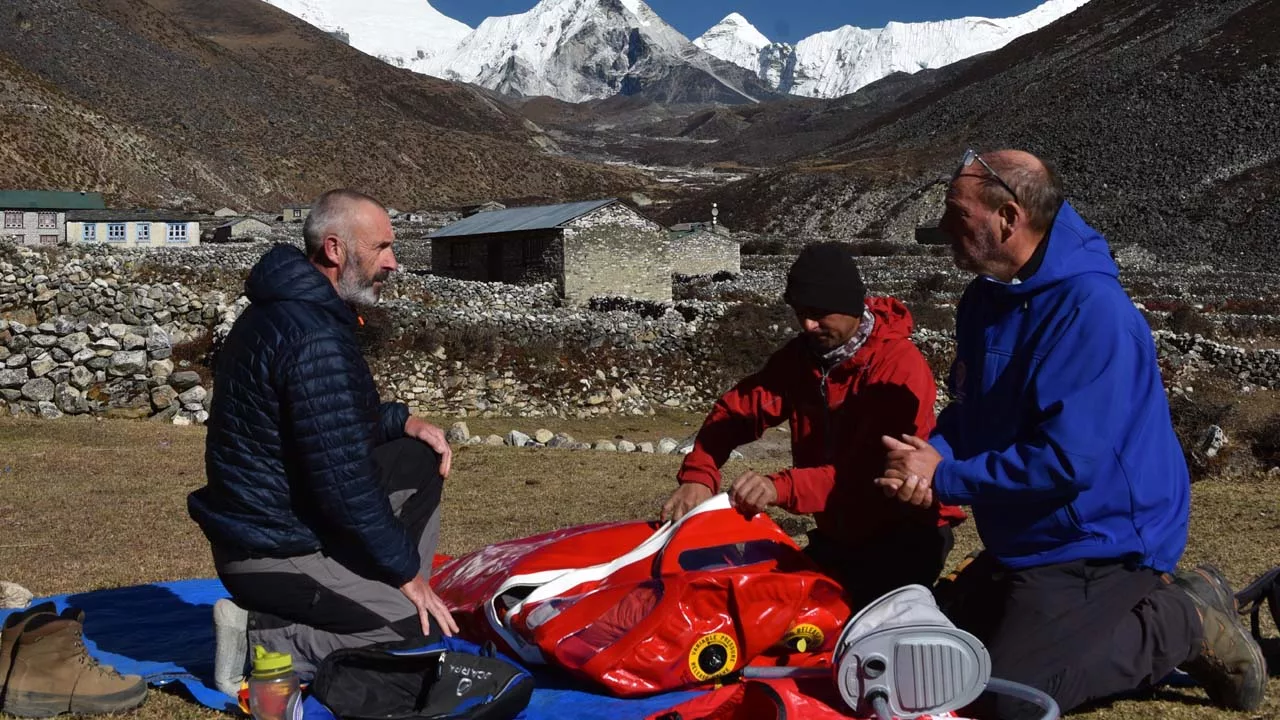Acclimatization: Key to the High-Altitude Success
Indian Himalayas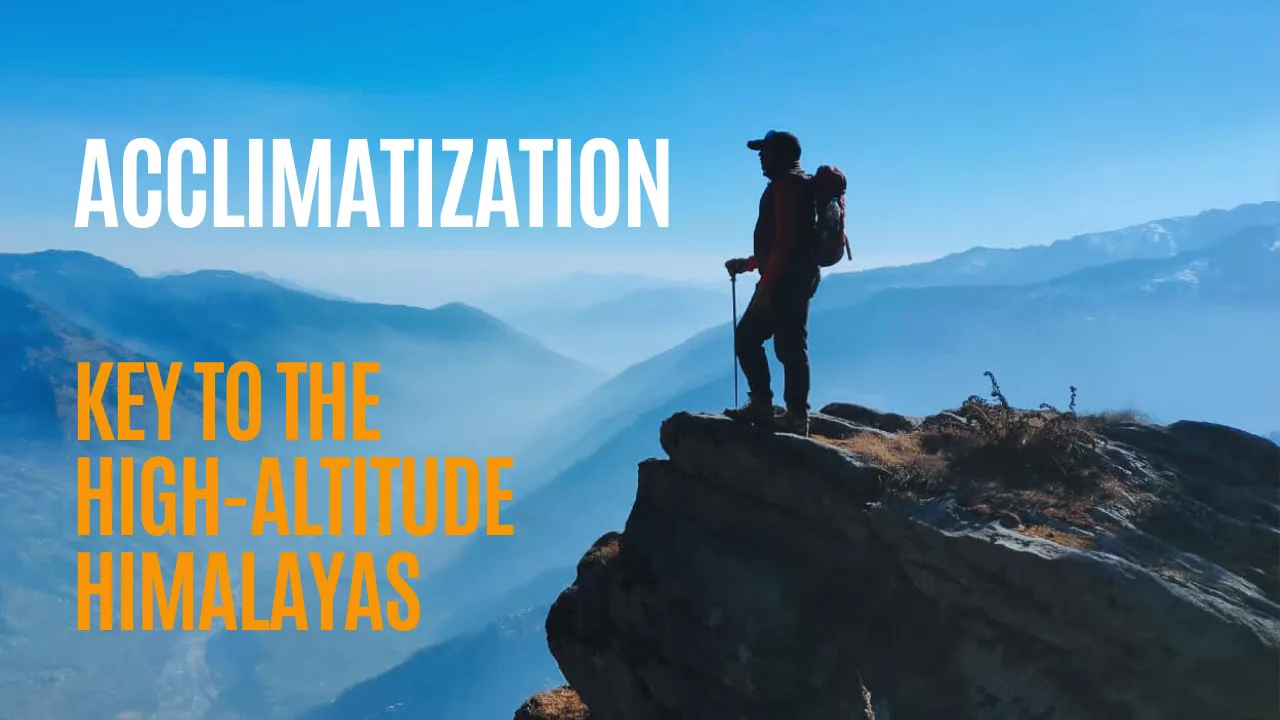
Adventurers, are you ready to unlock the secrets of conquering the high-altitude wonders of the Indian Himalayas? It’s not just about packing your gear and hitting the trail; it’s about acclimatization, the key to high-altitude success. Buckle up as we guide you through the exhilarating journey of acclimatizing like a pro!
Why Acclimatization Matters
Picture this: You’re amidst the majestic Himalayan peaks, the air is thinner, and the views are breathtaking. But here’s the twist – at high altitudes, oxygen levels drop, and altitude sickness lurks. That’s where acclimatization swoops in to save the day. It’s your body’s superhero power to adapt and thrive at elevations where the air is a bit thinner than your comfort zone.
1. Start Slow: The Grand Himalayan Prelude
Explanation: We’re not sprinting here; we’re composing a grand overture! Starting slow means giving your body time to groove with the altitude. Rushing is so last season; pacing is the name of the game.
Example: Imagine you’re in Manali, where the elevation is 2,050 meters (6,726 feet). It’s like the warm-up before the main event. Spend a day or two here, take in the local culture, and let your body cozy up to the elevation.
Acclimatization is required for the tough treks listed below.
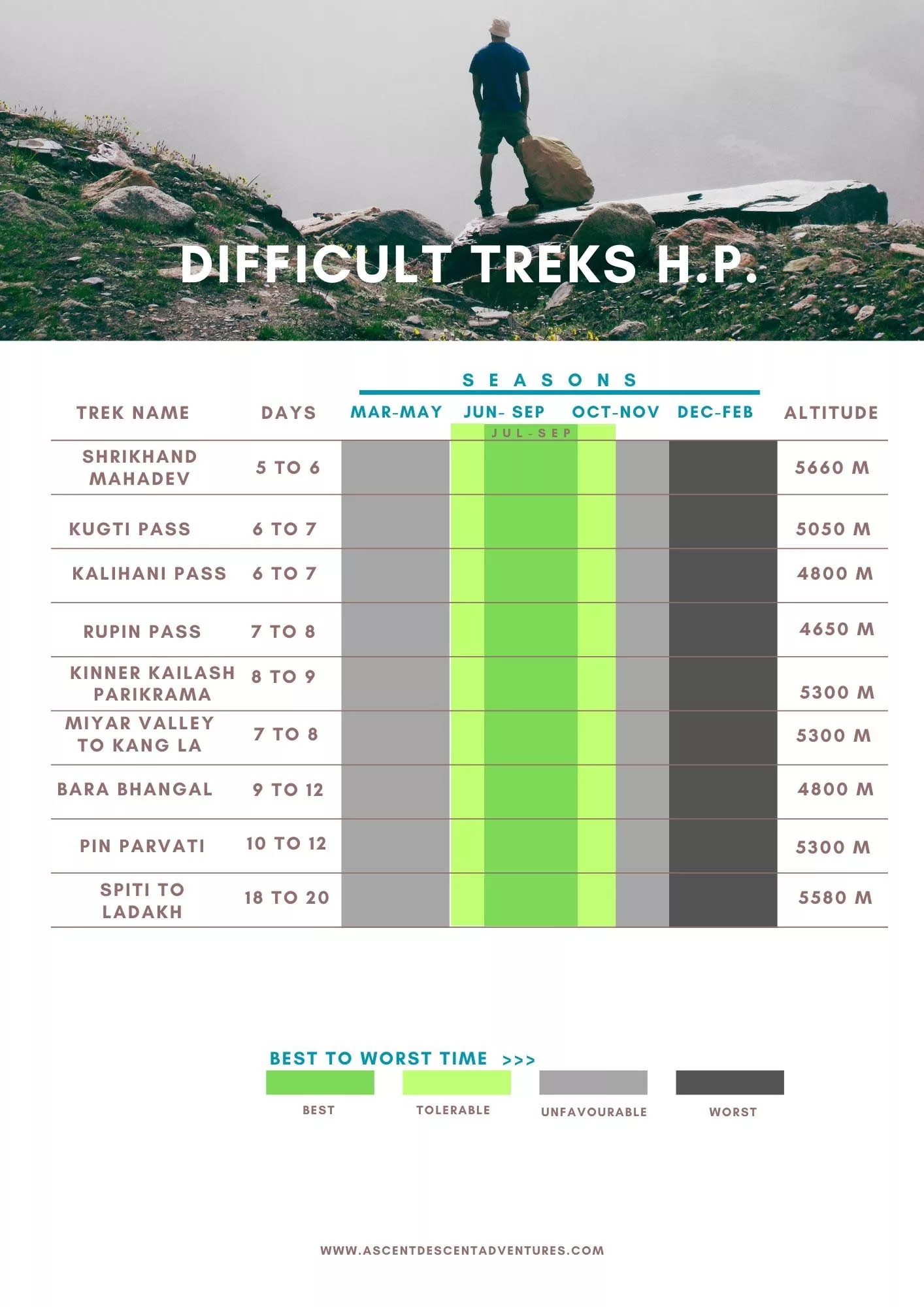
2. Gradual Ascent: Your High-Altitude Symphony
Explanation: Think of your adventure as a symphony. Each day, you’re tuning your body to a slightly higher pitch, one step at a time.
Example: From Manali, you might move on to Solang Valley at 2,560 meters (8,400 feet). It’s like hitting the first high note of your Himalayan symphony. Smooth, isn’t it?
3. Stay Hydrated and Nourished: Fuel for the Summit
Explanation: Altitude craves hydration and nutrition. It’s like powering up your adventure with premium rocket fuel – water and carbs.
Example: Picture yourself sipping from a reusable water bottle while savoring a plate of energy-rich pasta. Your body thanks you as it preps for the altitude extravaganza.
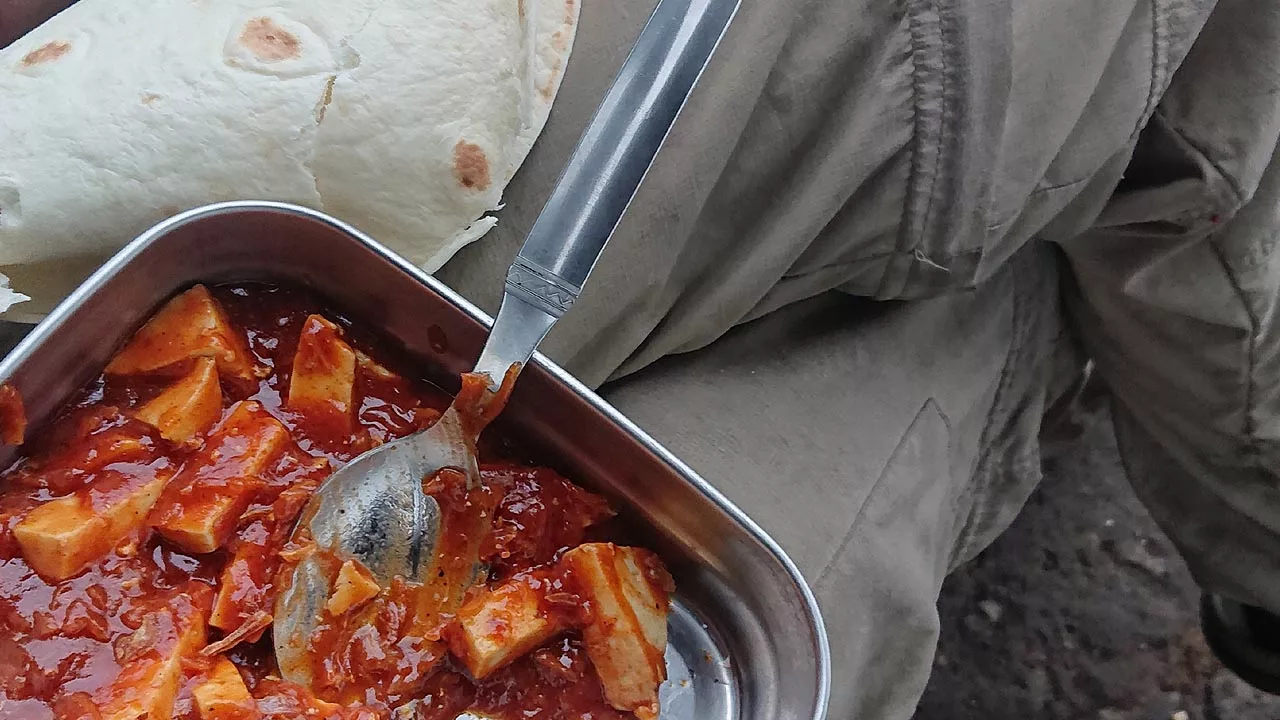
4. Listen to Your Body: Your Body’s SOS Signals
Explanation: Altitude sickness doesn’t whisper; it screams. Your body sends SOS signals in the form of headaches, nausea, and dizziness. Ignoring them is like ignoring a fire alarm.
Example: Don’t be a hero if your head throbs like a Himalayan drum, or you feel queasy like a rollercoaster ride gone wrong. Descend to lower ground. Your body will applaud your wisdom.
5. Adequate Rest: Himalayan Slumber
Explanation: Your body loves a good night’s rest, especially at higher altitudes. It’s like recharging your adventure batteries for the day ahead.
Example: Close your eyes under the star-studded Himalayan sky. Rest and recharge so that you can face each day’s challenges with renewed vigor.
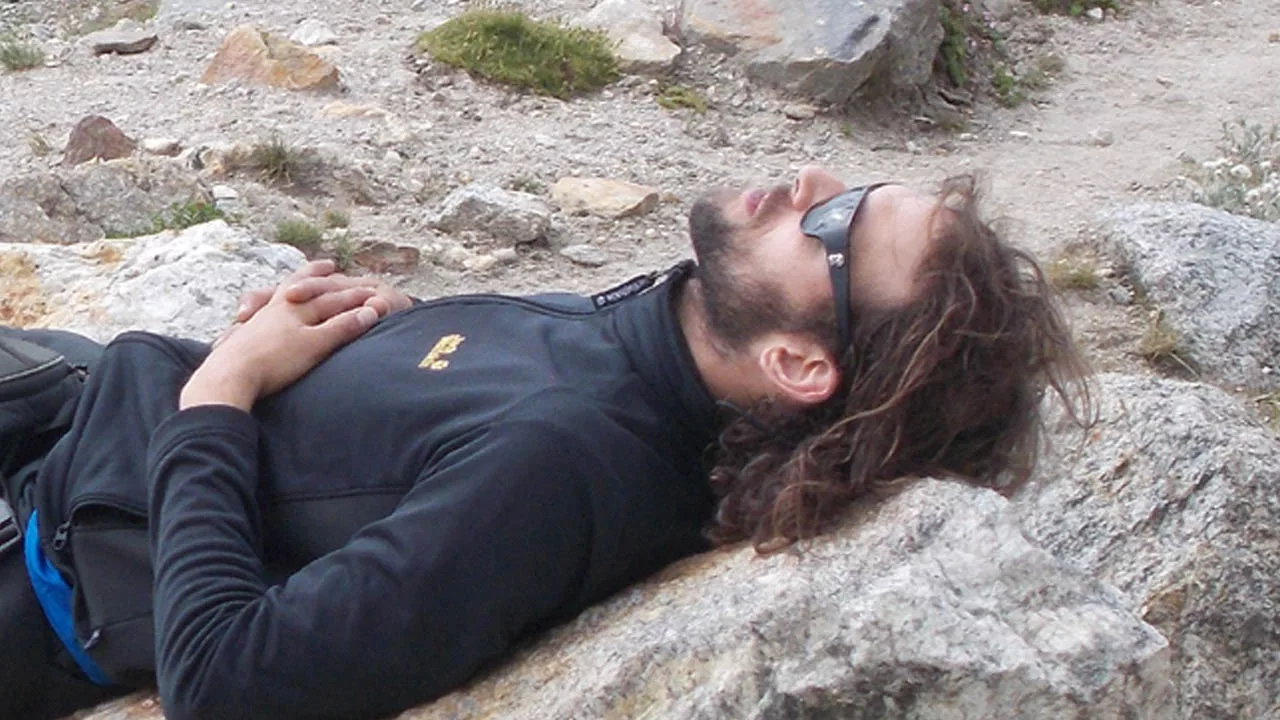
6. Medication: Altitude First Aid Kit
Explanation: Sometimes, you need an altitude first aid kit. It’s like having a superhero’s utility belt for combating altitude sickness.
Example: Consult with a doctor before your adventure and pack altitude-sickness-fighting medications. They’re your trusty sidekicks when the going gets tough.
7. Proper Breathing Techniques: Oxygen’s Dance
Explanation: Breathing is your high-altitude dance partner. Learn the moves, and you’ll conquer the Himalayan ballroom.
Example: Your mountain training includes the art of diaphragmatic breathing. Inhale, exhale and feel the rhythm of the Himalayas in your lungs.
Know More About AMS (Acute Mountain Sickness)
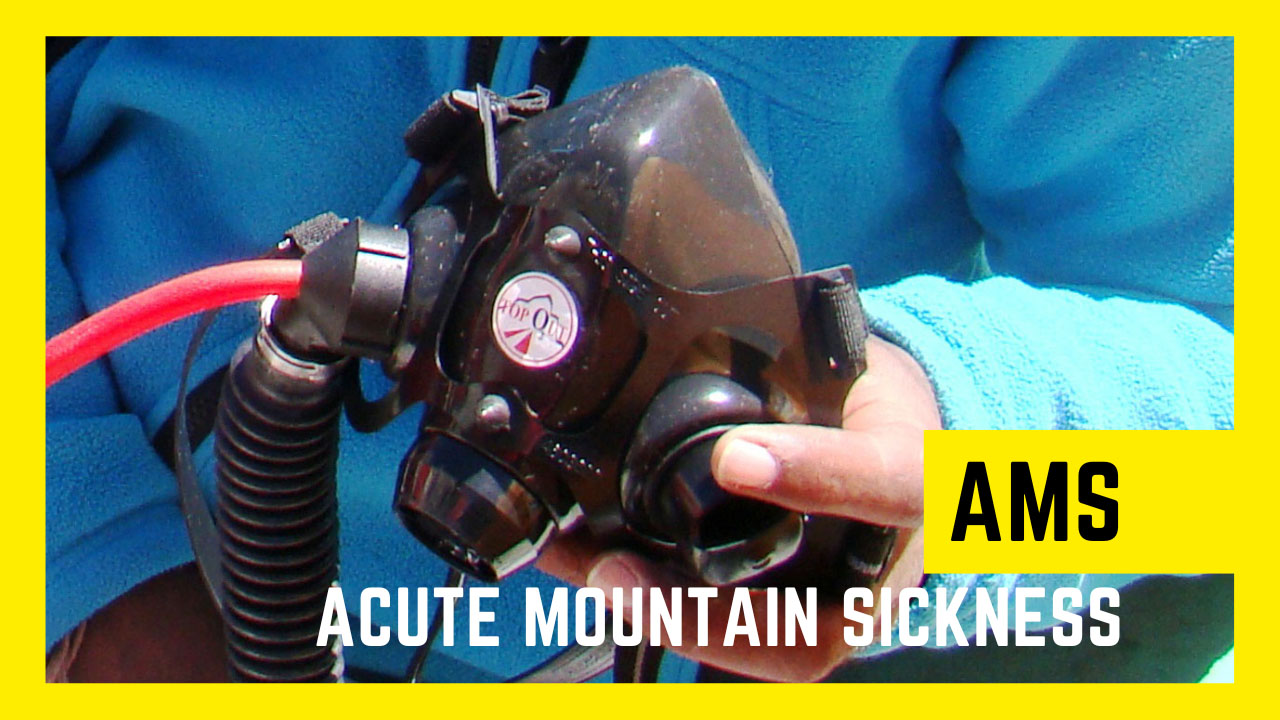
Acclimatization is your secret weapon!
Acclimatization is your secret weapon for high-altitude adventures. With these steps and your newfound Himalayan wisdom, you’re ready to rock the altitude. Remember, patience is the true hero of this epic journey. Now, embrace the challenge, savor the beauty, and conquer the Indian Himalayas like a true adventurer!
Acclimatization FAQs
Acclimatization is the process of allowing your body to adapt to lower oxygen levels at high altitudes. It’s vital to prevent altitude sickness and ensure a safe adventure.
The duration varies from person to person, but it’s generally recommended to spend at least a few days at moderate altitudes (around 2,000 to 3,000 meters) before ascending higher.
There’s no universal maximum elevation, as individual tolerance varies. However, it’s generally advisable to avoid ascending above 2500 meters (8200 feet) without proper acclimatization.
Consume a balanced diet with a focus on carbohydrates for energy. Drink at least 3-4 liters of water daily and avoid excessive caffeine and alcohol.
Medications like acetazolamide (Diamox) can help prevent altitude sickness or alleviate symptoms. Consult a healthcare professional before using them.
Join the Saftey Management Course by the Royal Geographic Society:
